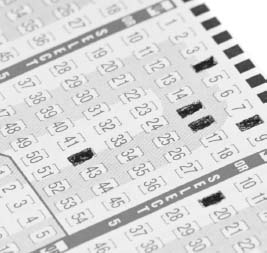Recreational MathMathematical Games |
How do raffles work? |
Most raffles one encounters usually have to do with the local library, animal shelter, or other nonprofits trying to raise money. In the majority of cases, a simple raffle entails buying a ticket for a chance to win a prize. For example, a fundraiser raffle ticket costing one dollar will provide a chance to win a new car, big screen television, a dinner at a local restaurant, or seats to a concert—in other words, there is potential for a big pay off at a minimal investment.
The basics of raffle drawings are simple. A group buys the tickets and purchases the prizes (or they are donated). People buy the tickets at a set price (and, as everyone knows, the better the prizes, the more tickets sold). The more tickets you buy, the better the chance to win. Thus, raffles are considered to be a game of chance. (But note: Because raffles are games of chance, many states have tight regulations and laws that need to be followed—even for nonprofit organizations—so check with your local government laws if you run a raffle.)
There is another type of raffle called a 50-50 raffle, in which 50 percent of the money taken in by the raffle sales is offered as the prize, while the other 50 percent is collected by the group giving the raffle. In most cases, a 50-50 raffle has a time limit, and only a single raffle ticket is randomly chosen to win. Some groups also make other stipulations, such as the winner has to be present to win, or a certain amount of tickets need to be sold in order to pick a winner.

The odds of winning a state lottery are always the same because lotteries choose from the same group of numbers with each drawing.
